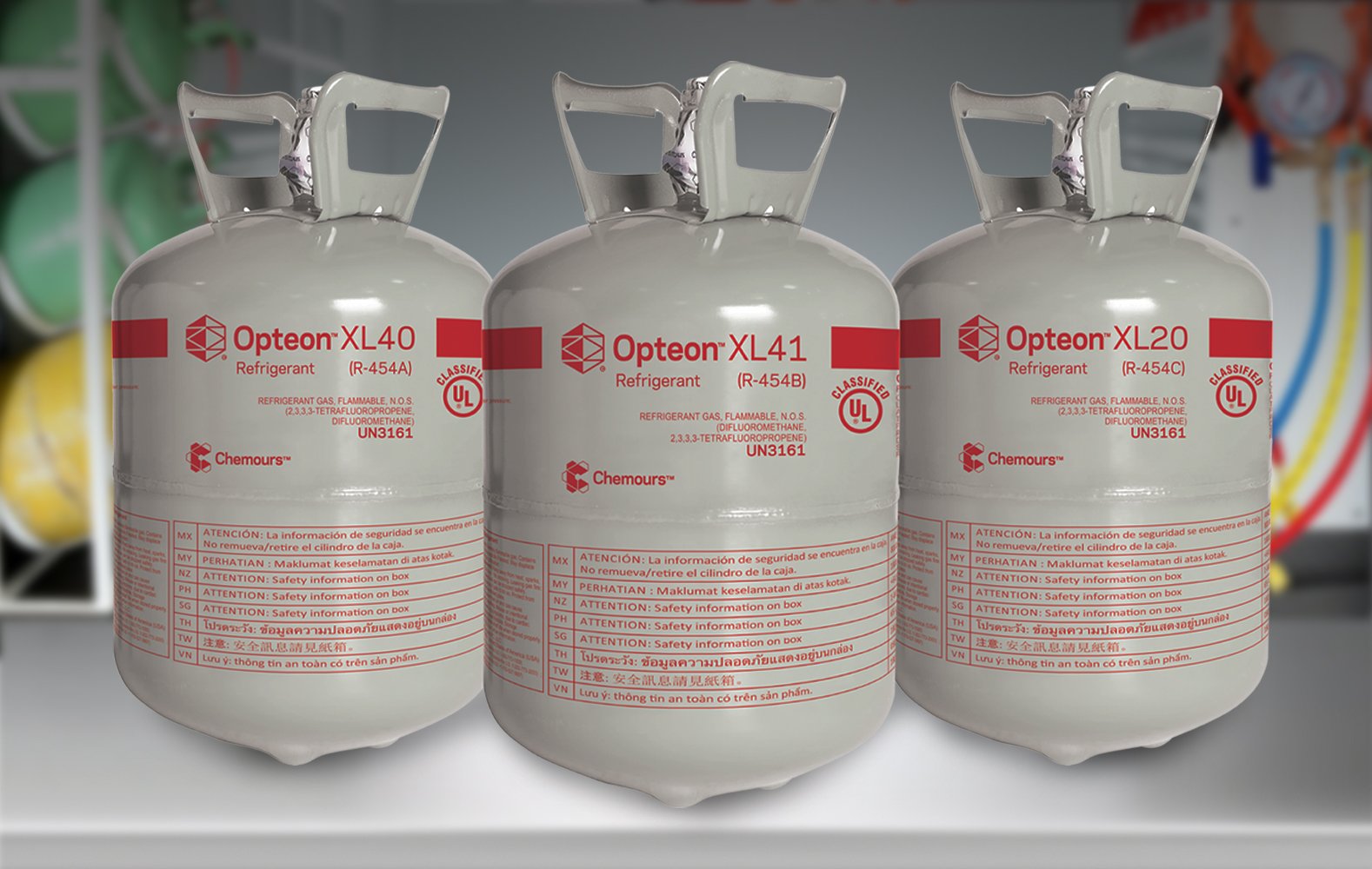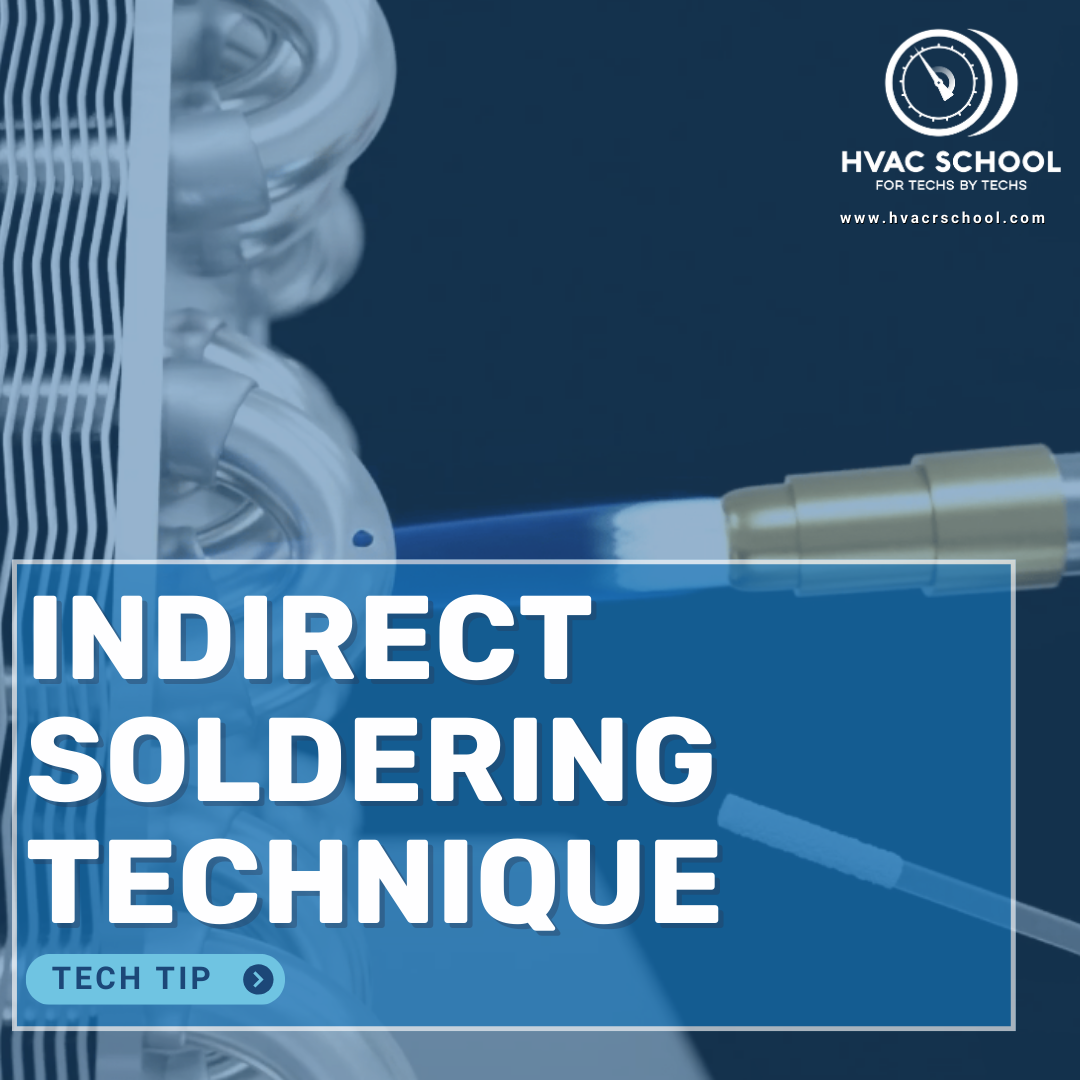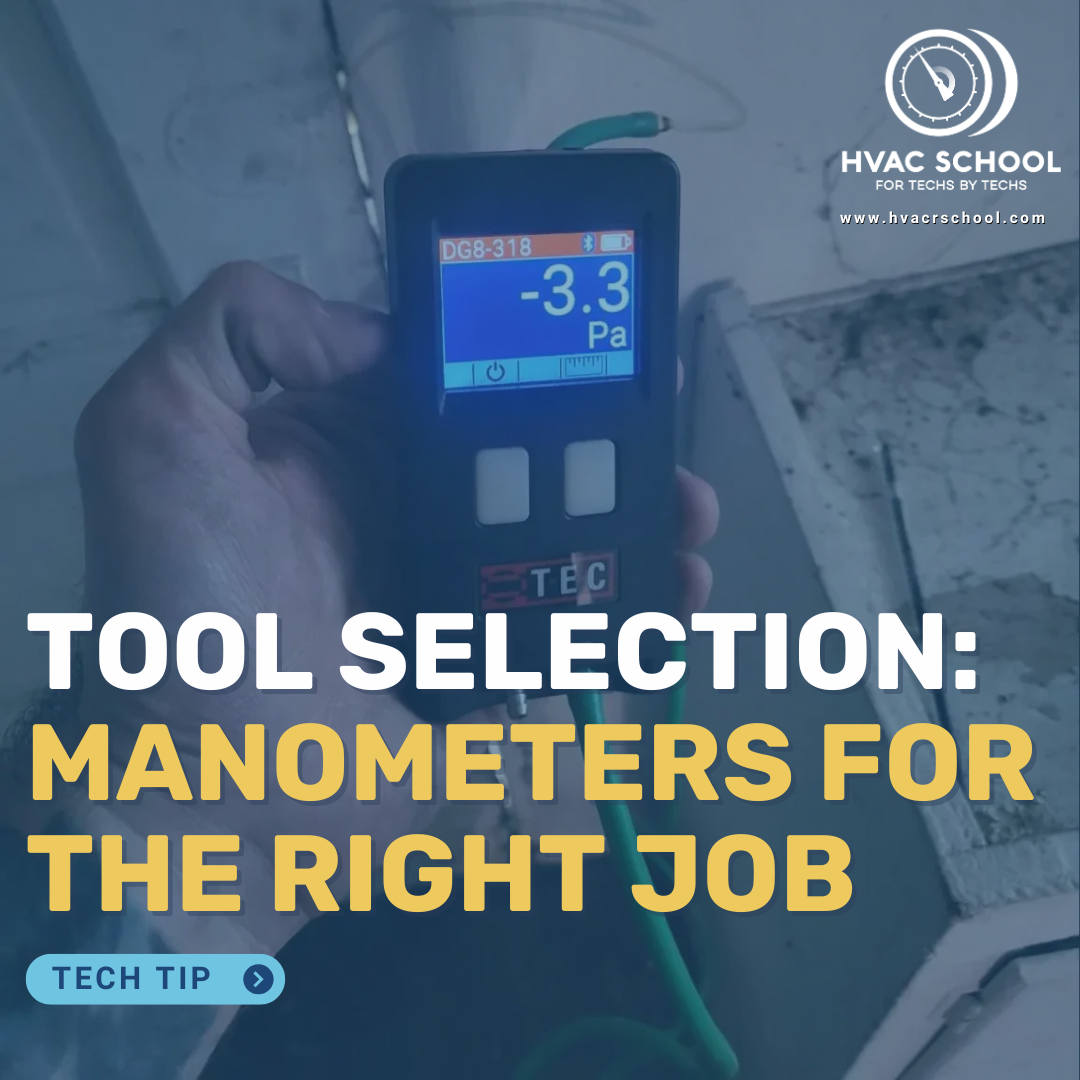Get Tech Tips
Subscribe to free tech tips.
Hot Pull Down and What it Means

If you work in refrigeration, you may have heard the term “hot pull down.” This phrase describes a condition where the load on the evaporator is above design due to the box temperature or the temperature of the product in the box being higher than it would normally be.
My grandpa called me a few months back, all upset. “I just slaughtered a bunch of chickens, and I'm going to lose all my meat because this freezer you got me isn't working,” he gasped into the phone. Now, I had helped him pick out a commercial freezer a year or two back, and he put it in his garage (a less than ideal location to begin with). What I had forgotten to mention to him was the importance of only loading with meat that was already down to temperature.
I showed up to look at it, and sure enough, there sat a bunch of freshly slain birds PACKED into his freezer and the box temperature struggling to get below 15° instead of the 0° we really needed.
Most refrigeration equipment is designed only to maintain the temperature of the product, not to bring it down to temperature all at once, at least not in large quantities. This is due to two aspects of the design:
- Capacity – Most freezers and refrigerators just don't move enough pounds of refrigerant to generate the necessary refrigeration effect to “pull down” warm product in a timely fashion. In other words, just like many A/C systems don't keep up on a freak 98-degree day in Indiana, refrigeration equipment won't pull down quickly if you add in more BTUs of heat than it is sized to remove.
- Coil Feeding Range – In the case of a cap tube or other fixed orifice metering device, the amount of refrigerant fed into the evaporator is directly proportional to the amount of refrigerant pressure differential between the liquid line and the evaporator. With a TXV, the valve responds to superheat in order to open and close, opening as the superheat rises and closing as the superheat falls. In a hot pull down, the load on the evaporator is so high that the expansion valve goes wide open, but the coil still “starves” or underfeeds refrigerant. This results in high superheat, high suction pressure, and high head pressure but will also often result in low subcooling because so much of the refrigerant charge will move to the evaporator coil.
During a hot pull down, the compressor will draw higher than usual amperage due to the increased density of the suction gas; this, coupled with high superheat, can result in compressor damage if it is allowed to run outside of specs for an extended period. (Sporlan has a great piece on compressor overheating that you can read HERE).
The conclusion is that most equipment should be allowed to get down to temperature before being loaded with the product. The product should generally be at or near the design temperature. Some freezers and refrigerators are designed specifically for “flash freezing” or pulling product down to temperature, often called “blast freezers.”
In the case of my grandpa's freezer, we moved some of the meat around to other freezers and got it down in time to prevent salmonella—at least, I hope so. I was feeling funny after Grandma's chicken soup for Sunday dinner…..
—Bryan










Comments
Have a walk in refrigerator that will need a new evap unit soon. This is in a production kitchen that really should be using blast chillers to bring rolling racks of product down to temp quickly but capitol budget won’t stretch that far.
Don’t have model #s or capacity of the relatively new condenser unit for this walk in off the top of my head, but in general any suggestions for improving capacity when choosing a new evaporator?
Have a walk in refrigerator that will need a new evap unit soon. This is in a production kitchen that really should be using blast chillers to bring rolling racks of product down to temp quickly but capitol budget won’t stretch that far.
Don’t have model #s or capacity of the relatively new condenser unit for this walk in off the top of my head, but in general any suggestions for improving capacity when choosing a new evaporator?
Acheter Viagra Cialis sans ordonnance Tadalafil achat en ligne or Pharmacie en ligne Cialis sans ordonnance
https://cse.google.gp/url?q=https://tadalmed.com cialis sans ordonnance
[url=https://www.google.com.kw/url?q=https://tadalmed.com]Pharmacie en ligne Cialis sans ordonnance[/url] Tadalafil achat en ligne and [url=http://iapple.minfish.com/home.php?mod=space&uid=4594981]cialis prix[/url] Cialis en ligne
Acheter Viagra Cialis sans ordonnance Tadalafil achat en ligne or Pharmacie en ligne Cialis sans ordonnance
https://cse.google.gp/url?q=https://tadalmed.com cialis sans ordonnance
[url=https://www.google.com.kw/url?q=https://tadalmed.com]Pharmacie en ligne Cialis sans ordonnance[/url] Tadalafil achat en ligne and [url=http://iapple.minfish.com/home.php?mod=space&uid=4594981]cialis prix[/url] Cialis en ligne
pharmacie en ligne pas cher pharmacie en ligne sans ordonnance or Pharmacie en ligne livraison Europe
http://www.atomx.net/redirect.php?url=https://pharmafst.com Achat mГ©dicament en ligne fiable
[url=https://maps.google.com.sg/url?sa=t&url=https://pharmafst.com]pharmacie en ligne pas cher[/url] pharmacie en ligne france livraison internationale and [url=http://www.9kuan9.com/home.php?mod=space&uid=3105043]pharmacie en ligne france fiable[/url] pharmacie en ligne france livraison internationale
pharmacie en ligne pas cher pharmacie en ligne sans ordonnance or Pharmacie en ligne livraison Europe
http://www.atomx.net/redirect.php?url=https://pharmafst.com Achat mГ©dicament en ligne fiable
[url=https://maps.google.com.sg/url?sa=t&url=https://pharmafst.com]pharmacie en ligne pas cher[/url] pharmacie en ligne france livraison internationale and [url=http://www.9kuan9.com/home.php?mod=space&uid=3105043]pharmacie en ligne france fiable[/url] pharmacie en ligne france livraison internationale
Acheter Kamagra site fiable [url=http://kamagraprix.com/#]kamagra pas cher[/url] Acheter Kamagra site fiable
Acheter Kamagra site fiable [url=http://kamagraprix.com/#]kamagra pas cher[/url] Acheter Kamagra site fiable
Tadalafil achat en ligne: Cialis sans ordonnance 24h – cialis prix tadalmed.shop
Tadalafil achat en ligne: Cialis sans ordonnance 24h – cialis prix tadalmed.shop
Tadalafil 20 mg prix sans ordonnance: Acheter Viagra Cialis sans ordonnance – Pharmacie en ligne Cialis sans ordonnance tadalmed.shop
Tadalafil 20 mg prix sans ordonnance: Acheter Viagra Cialis sans ordonnance – Pharmacie en ligne Cialis sans ordonnance tadalmed.shop
kamagra 100mg prix achat kamagra or kamagra 100mg prix
https://www.google.com.ua/url?q=https://kamagraprix.shop achat kamagra
[url=http://www.nokiazone.ru/nz?rid=94006&link=http://kamagraprix.shop]Kamagra Commander maintenant[/url] kamagra livraison 24h and [url=https://domod.click/home.php?mod=space&uid=75724]kamagra livraison 24h[/url] kamagra pas cher
kamagra 100mg prix achat kamagra or kamagra 100mg prix
https://www.google.com.ua/url?q=https://kamagraprix.shop achat kamagra
[url=http://www.nokiazone.ru/nz?rid=94006&link=http://kamagraprix.shop]Kamagra Commander maintenant[/url] kamagra livraison 24h and [url=https://domod.click/home.php?mod=space&uid=75724]kamagra livraison 24h[/url] kamagra pas cher
Pharmacie en ligne livraison Europe: pharmacie en ligne sans ordonnance – Pharmacie en ligne livraison Europe pharmafst.com
Pharmacie en ligne livraison Europe: pharmacie en ligne sans ordonnance – Pharmacie en ligne livraison Europe pharmafst.com
olympe casino cresus: olympe casino en ligne – olympe casino en ligne
olympe casino cresus: olympe casino en ligne – olympe casino en ligne
What’s up friends, its great article on the topic of teachingand entirely defined, keep it up all the time.
What’s up friends, its great article on the topic of teachingand entirely defined, keep it up all the time.
To leave a comment, you need to log in.
Log In